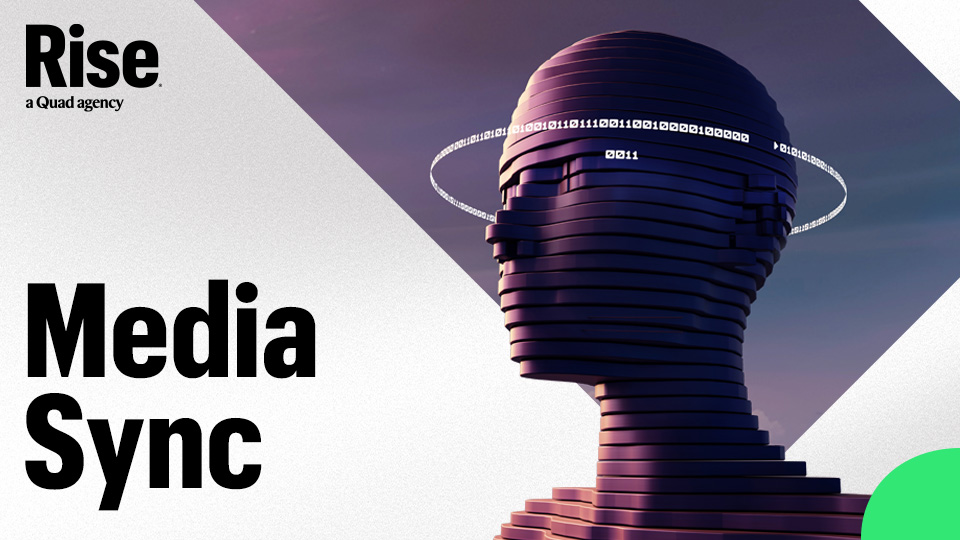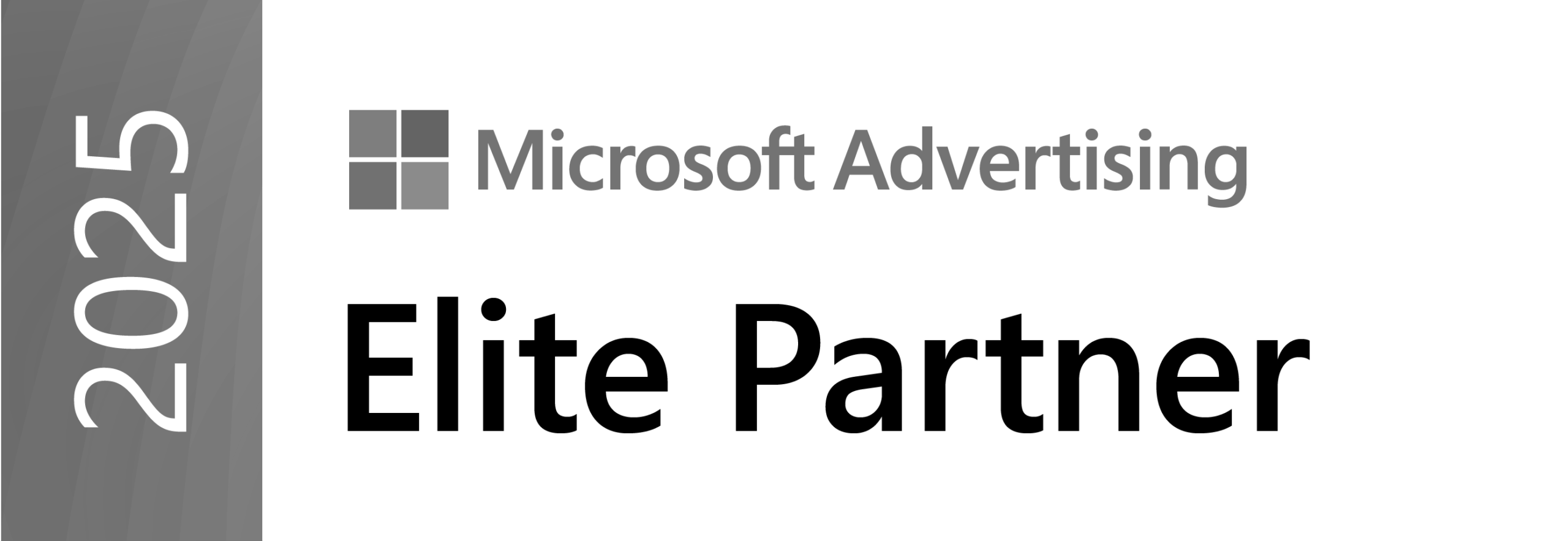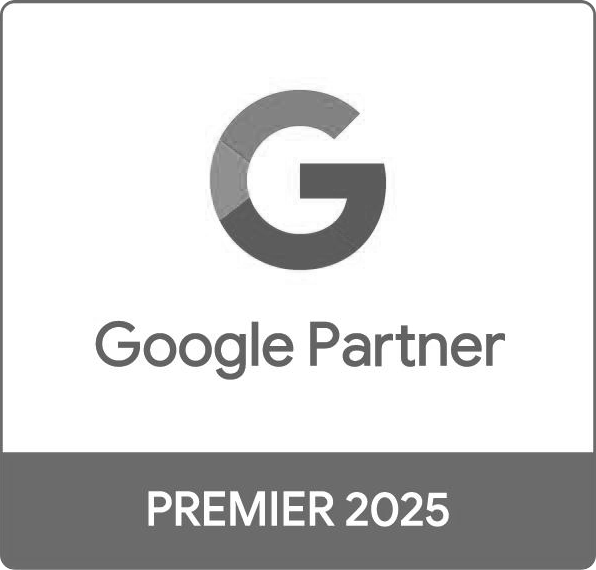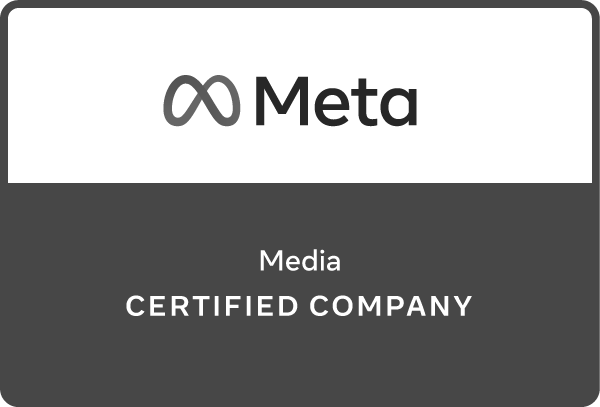
Rise Media Sync summarizes media and platform news of interest to marketers. Here are four key developments the Rise team is monitoring:
1. Amazon launches new real-time bidding cloud service
What’s happening: Amazon Web Services (AWS) has introduced RTB Fabric, a fully managed programmatic cloud service designed to handle real-time bidding (RTB) advertising workloads.
What we know:
- RTB Fabric promises to “deliver consistent single-digit millisecond latency” and reduce infrastructure costs for demand-side platforms (DSPs), supply-side platforms (SSPs) and their ad tech partners.
- The new service offers integrated first-party machine learning modules — for optimizing traffic management, bid efficiency and bid response rates — with third-party module support coming soon.
- RTB Fabric connects directly with key partners such as Amazon Ads, GumGum, Viant, Sovrn, TripleLift and Yieldmo.
Early indications and perspective: AWS RTB Fabric could redefine how programmatic infrastructure scales, reducing barriers to entry for smaller platforms and shifting focus toward AI-driven bidding strategies. By integrating machine learning directly into the bidding workflow, AWS is aiming to underpin a new generation of ad exchange systems. Expect early adoption among mid-tier DSPs and publishers seeking to cut costs in high-frequency auctions.
2. Google auto-updates some campaign settings
What’s happening: Google is testing automated “New Customer Value” assignments within New Customer Acquisition (NCA) campaigns.
What we know:
- The experiment is intended to help advertisers optimize for higher-value new customers (particularly in cases when advertisers set values too low or fail to set them at all).
- As part of the test, some NCA values have been applied automatically and locked, preventing advertisers from making manual adjustments, resulting in a lengthy LinkedIn thread that’s been cited in coverage from several marketing trade publications.
- Google says it plans to roll out new customer reporting for all purchase conversion campaigns within the next few quarters.
Early indications and perspective: The experiment reflects Google’s broader push toward automated optimization, potentially reducing advertiser control in the process. While the goal of improving new customer ratios aligns with performance efficiency, some agencies may take exception to Google making unilateral changes. Marketers should monitor NCA settings closely and test whether auto-assigned campaign values improve acquisition performance before scaling.
3. OpenAI releases new ChatGPT-powered web browser
What’s happening: OpenAI has debuted its first web browser, ChatGPT Atlas, integrating ChatGPT into a traditional browsing experience.
What we know:
- ChatGPT Atlas offers AI features including content rewriting, task assistance, coding help, personalization and agentic shopping capabilities, all within a sidebar while browsing.
- Search results include vertical tabs for web, images, videos and news, with each tab linking to Google search results.
- The browser is available now for macOS for all ChatGPT user tiers, including business accounts; support for iOS, Windows and Android versions is expected to arrive in the future.
Early indications and perspective: ChatGPT Atlas represents OpenAI’s push into AI-integrated browsing, blending search and task automation in a single interface. The reliance on Google (bypassing Microsoft, an early OpenAI investor, and its competing Bing engine) suggests the company is prioritizing search quality and comprehensiveness. Users should consider Atlas for AI-assisted workflows but monitor data privacy and integration nuances, especially as the product expands to other platforms.
4. Comcast Advertising’s linear TV inventory offering goes live programmatically
What’s happening: Comcast Advertising’s linear TV inventory is now available programmatically, allowing advertisers to bid in real time against targeted audiences.
What we know:
- Comcast is offering this inventory exclusively through its video ad platform FreeWheel, but could make programmatic linear available on other platforms (or allow publishers to add their own linear inventory to FreeWheel) in the future.
- The new FreeWheel workflow covers all linear inventory and enables real-time bidding similar to connected TV programmatic auctions, in service of eventually unifying linear and streaming buys under a single workflow.
- Both DISH Media and Charter Communications debuted linear programmatic in 2023; in an interview with AdExchanger, a Charter exec says these function “more like a futures market” due to discreet inventory and buying mechanisms.
Early indications and perspective: Comcast’s expansion signals renewed momentum for programmatic linear TV, offering performance-based brands new opportunities to reach audiences beyond digital channels. While workflow integration across linear and streaming holds promise (fewer planning silos, more effective campaigns, a unified environment), many TV programmers will likely continue to favor programmatic guaranteed or private marketplace deals to maintain control over buyers.
Other media/platform news we’re watching:
If you made it this far, here’s a fun fact: Evidence strongly suggests that people living in the Nubian Kingdom (modern-day Sudan) cultivated naturally occurring antibiotics sometime between 350 and 550 C.E. — around 1,500 years before Alexander Flemming won a Nobel Prize for developing penicillin.







